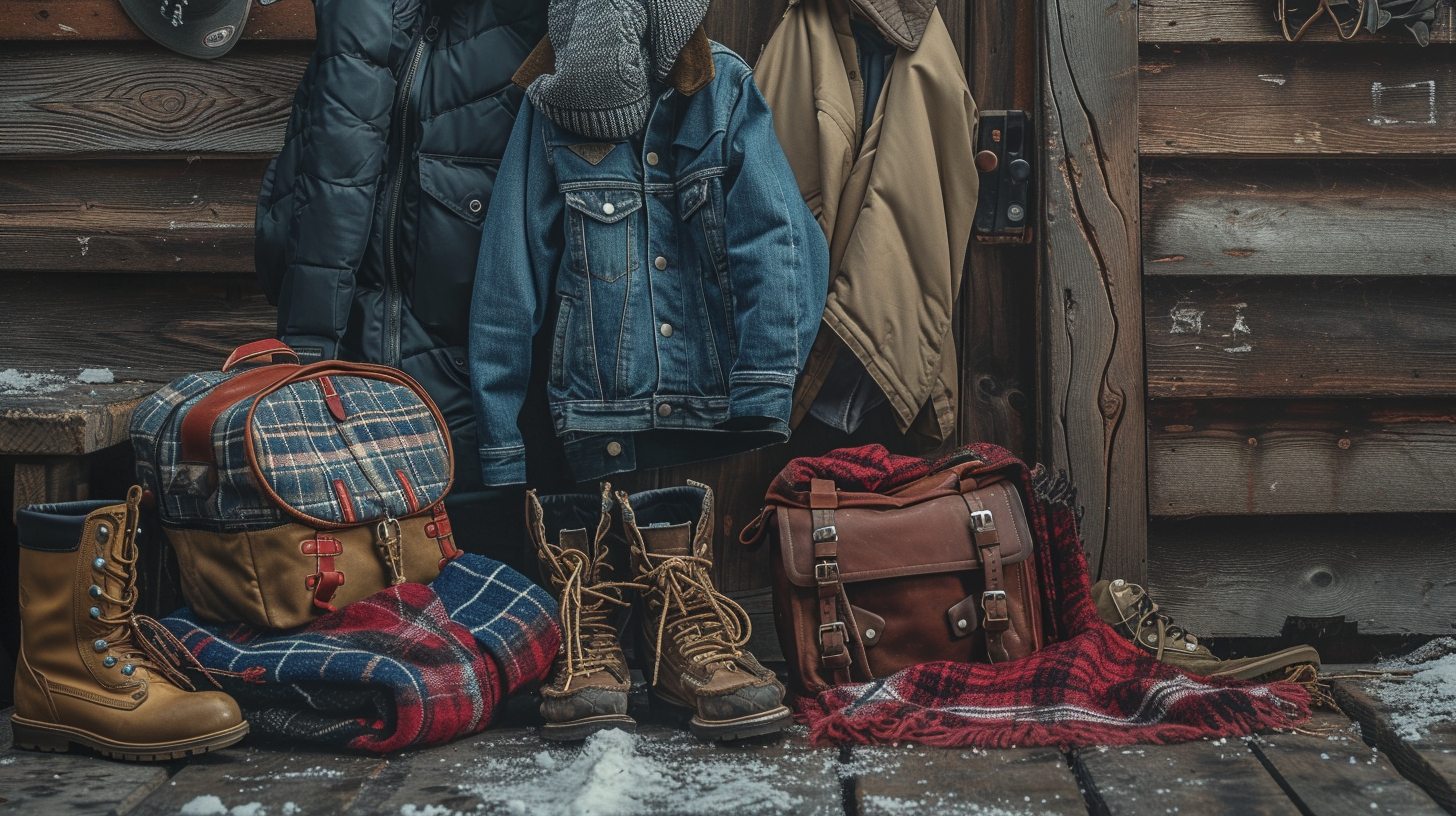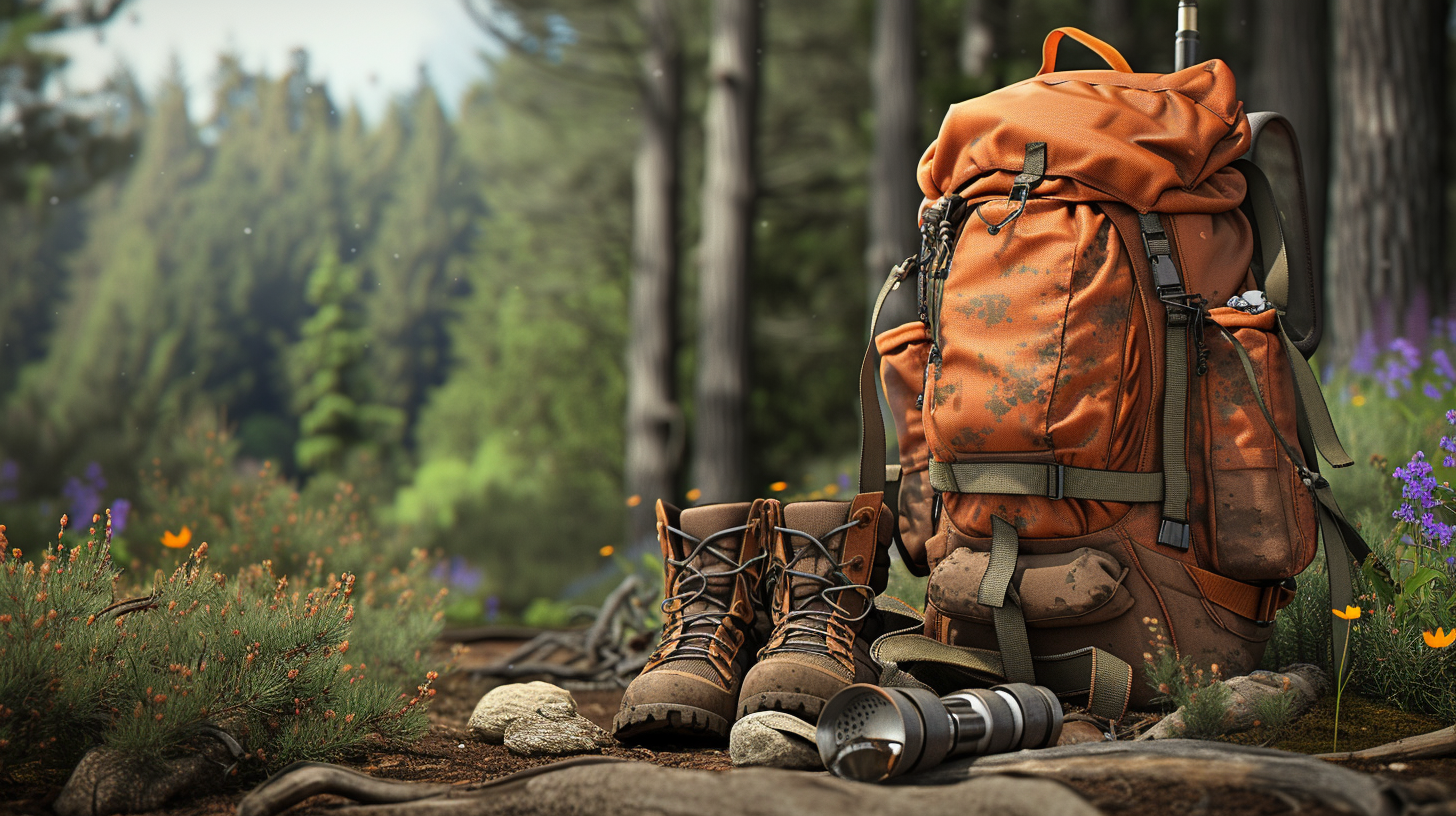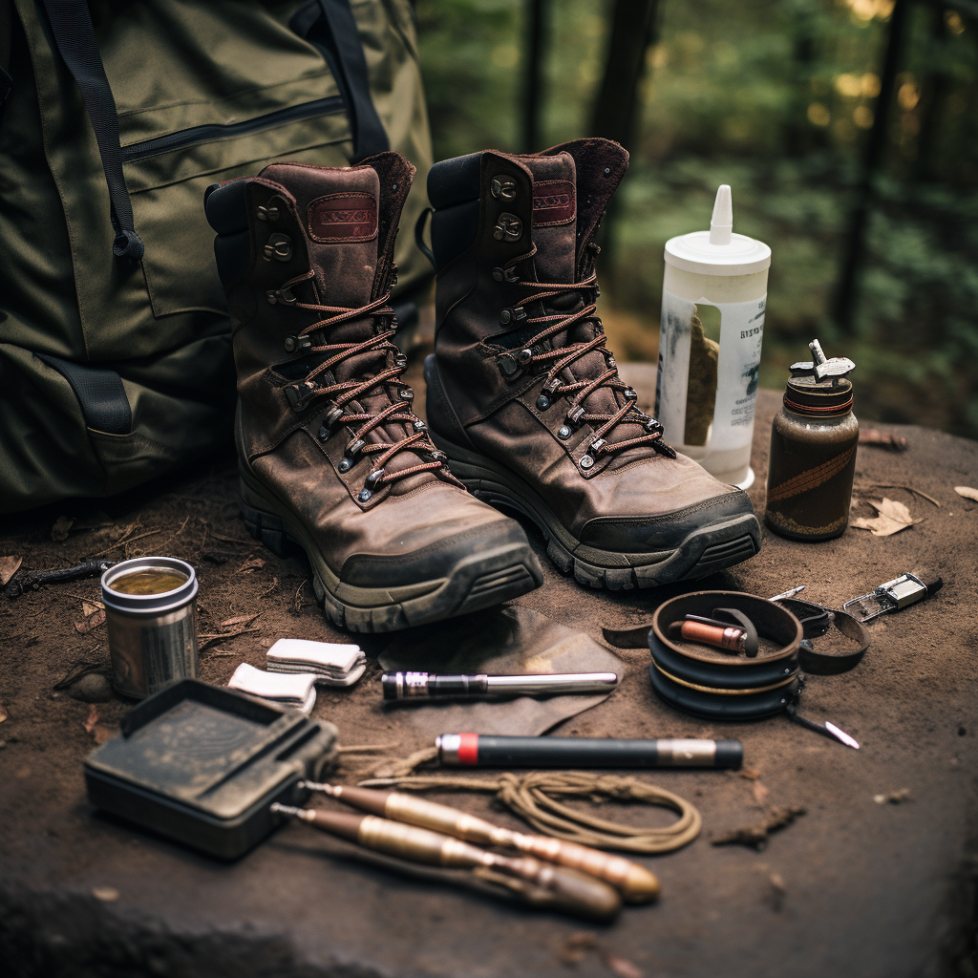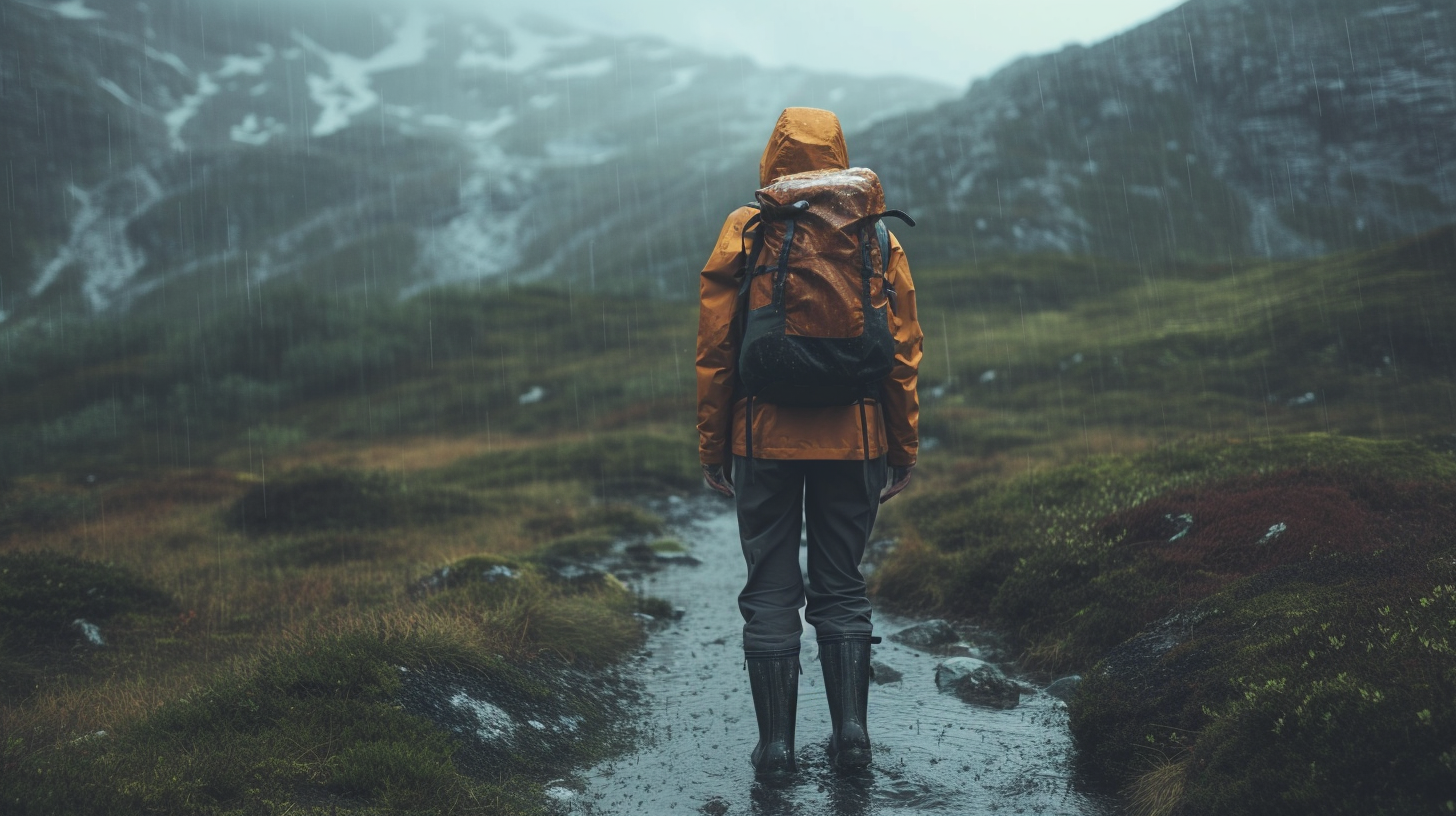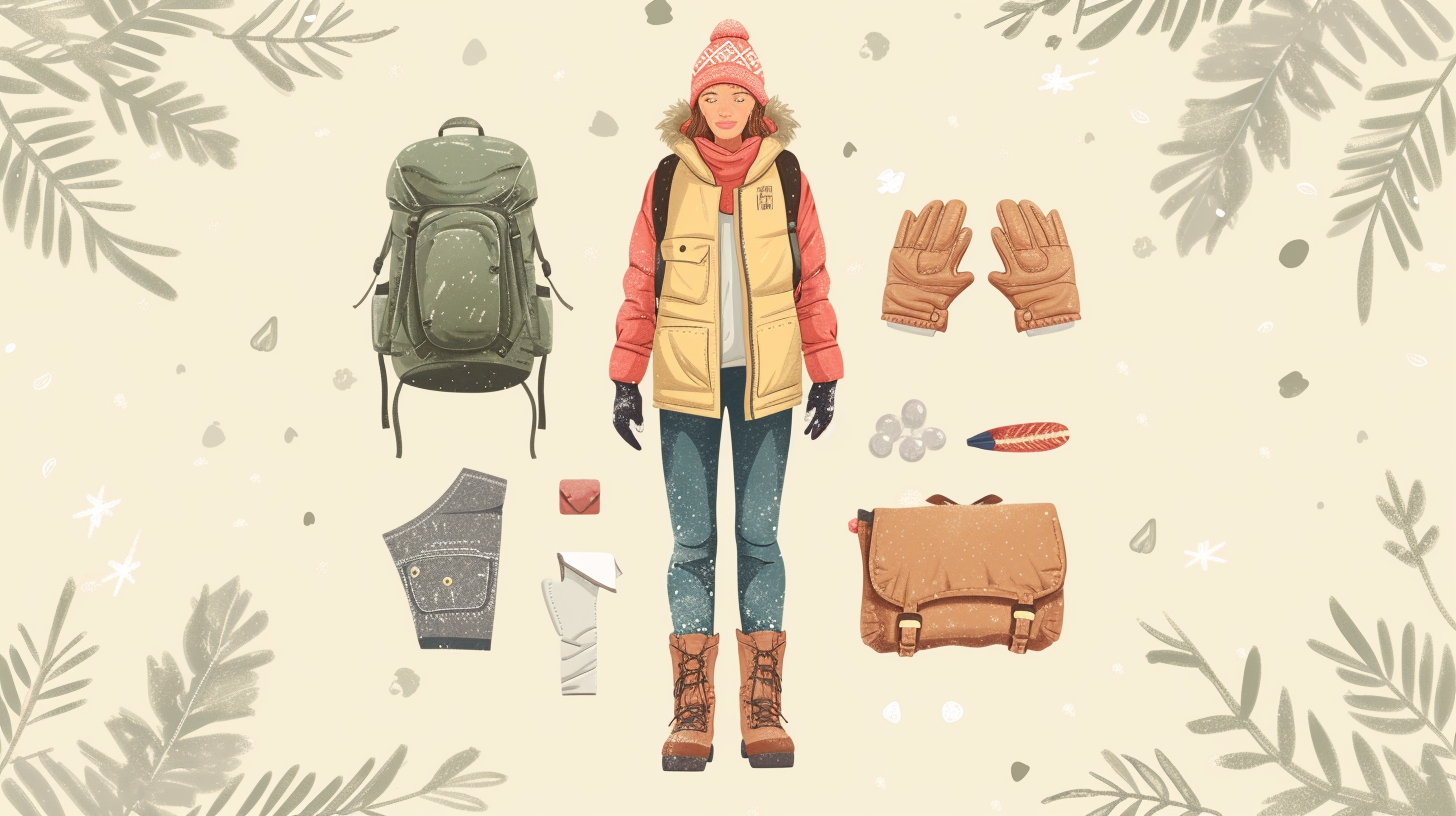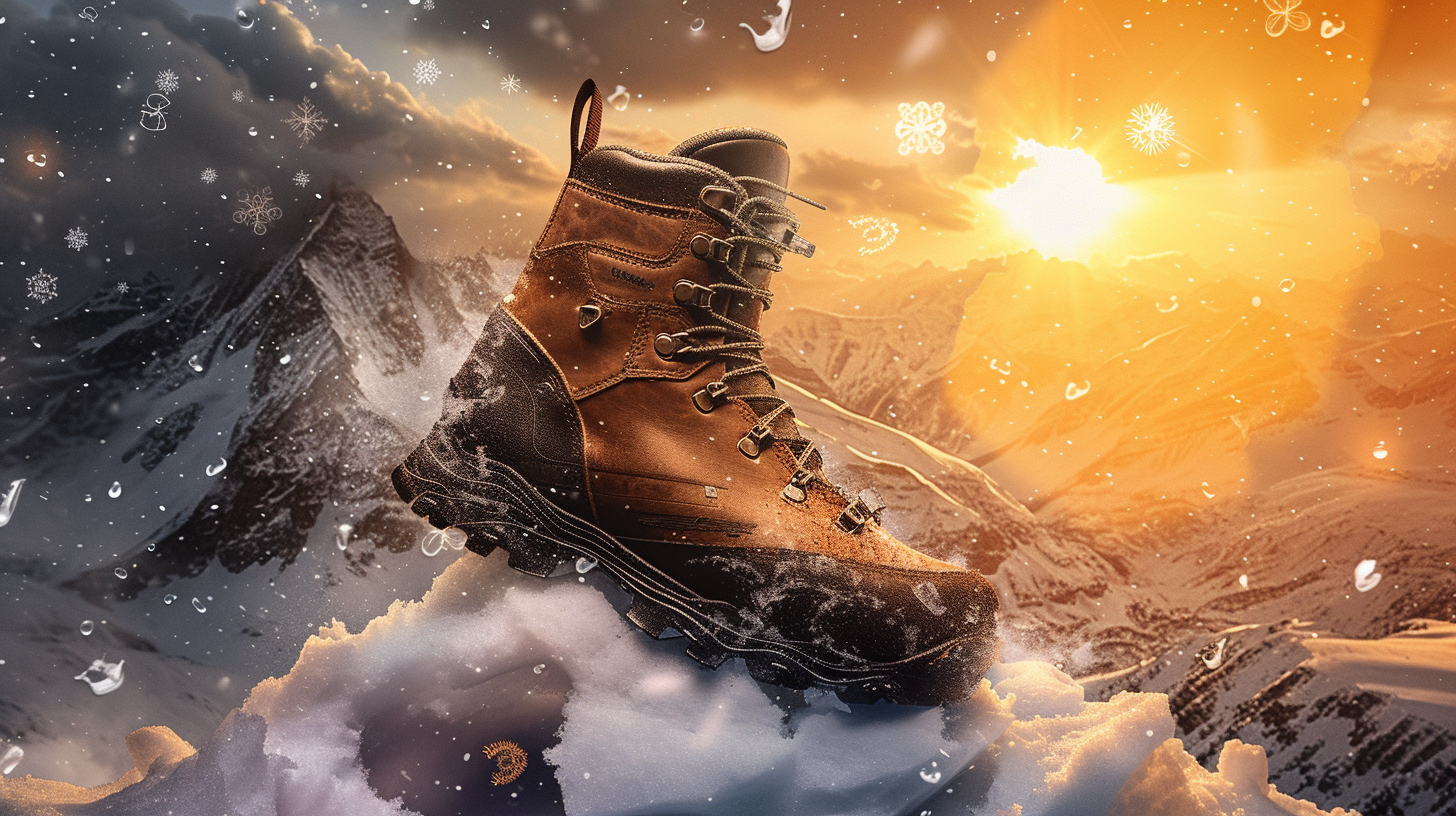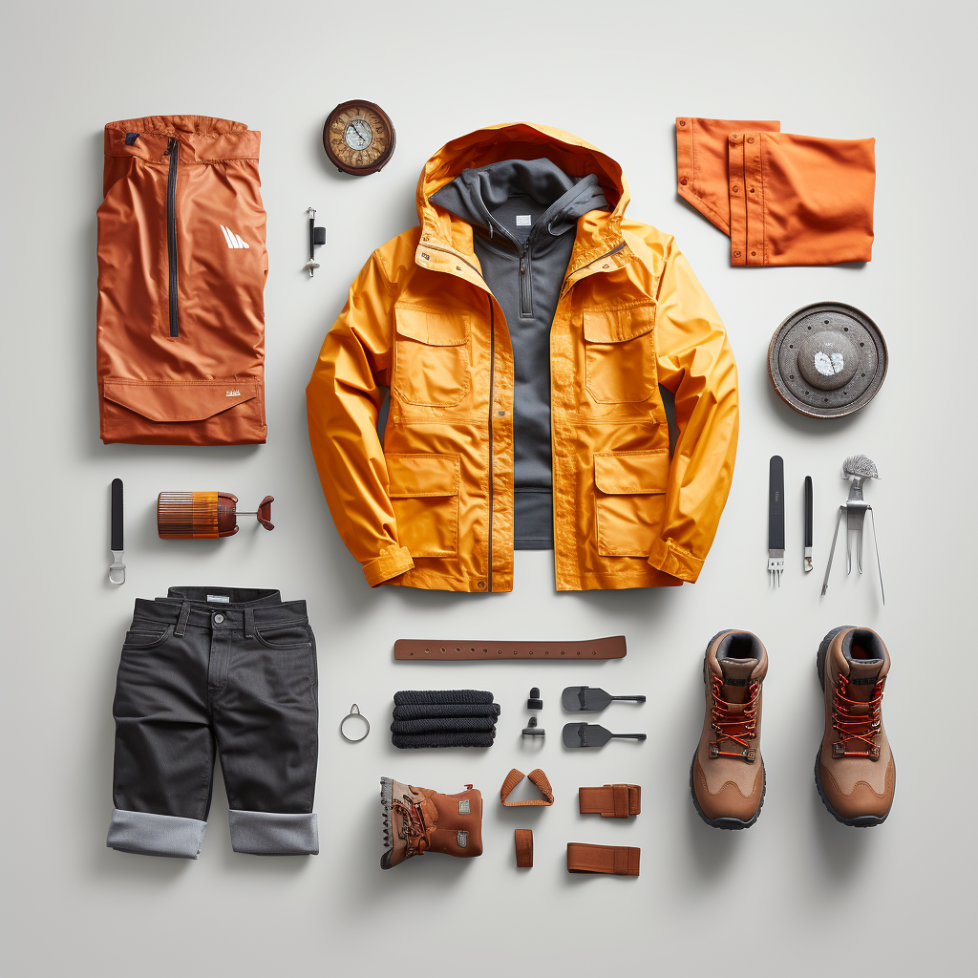In the theater of survival, your clothing and footwear are not just costumes but armor against the elements. As you prepare for any SHTF (Shit Hits The Fan) scenario, it’s crucial to consider not only the durability of your attire but also its adaptability to a range of environmental challenges.
You’ll want garments and shoes that boast features like insulation, waterproofing, and moisture-wicking, crafted by brands that understand the rigors of the outdoors. Prioritizing these can mean the difference between comfort and calamity. However, with an ocean of options available, pinpointing the best can be daunting.
As we explore the essentials of survival fabrics, tactical wear, and footwear fundamentals, you’ll discover how to layer effectively for insulation, select seasonal gear, and even save on your survival wardrobe—empowering you to make informed choices that ensure your preparedness armor is both impenetrable and practical.
Key Takeaways
- Look for clothing and footwear with reinforced seams and extra stitching for added durability.
- Prioritize materials and construction over brands when selecting clothing and footwear for SHTF preparedness.
- Choose clothing and footwear made from durable and waterproof materials to protect against the elements.
- Layer your clothing with moisture-wicking base layers, insulating mid-layers, and weather-resistant outer layers for adaptability in changing weather conditions.
Essential Survival Fabrics
When preparing for survival situations, it’s crucial to select clothing made from the right fabrics that are durable, lightweight, and protective. You’ve got to focus on materials and construction rather than brands. Look for clothes with reinforced seams and extra stitching since they offer added durability. You’re aiming for attire that you can easily wash and repair with limited resources.
In a survival situation, your choice between natural materials and synthetic fibers makes a big difference. Natural fibers, like cotton and wool, are your go-to for breathable shirts. They allow air to circulate and keep you cool, making them perfect for daytime wear in warm environments. Plus, they’re great at wicking moisture away from your body, keeping you dry and comfortable.
On the flip side, synthetic fibers bring strength and durability to the table. They’re essential for areas where you need extra protection, like outer layers that shield you from the elements. Synthetics can also be lightweight and packable, which is invaluable when you’re on the move. Mixing and matching these fabrics based on their strengths ensures you’re well-prepared for whatever comes your way.
Tactical and Outdoor Wear
Choosing tactical and outdoor wear requires focusing on materials and designs that promise durability and functionality in any situation. When you’re preparing for any SHTF scenario, your clothing isn’t just about looking good; it’s about survival.
Here’s a quick guide to selecting the best tactical and outdoor clothing:
- Reinforced Durability: Look for tactical clothing and outdoor wear with reinforced seams and extra stitching. These features ensure your gear can withstand harsh conditions without falling apart.
- Material Matters: Opt for wool and nylon over cotton and polyester. These materials offer superior durability, protection, and practicality in survival situations because they’re easier to wash and repair with limited resources.
- Footwear Focus: Survival Boots and Hiking Boots should have a sturdy outer shell and be made from materials that support your feet while providing protection against rough terrains.
- Stylish Yet Functional: Explore urban cyclist wear, workwear, techwear, and boutique heritage brands for tactical and outdoor clothing. These options often combine high-quality materials, construction, and styling, making them perfect for survival scenarios.
Footwear Fundamentals
When it comes to preparing your feet for survival situations, selecting the right materials is your first step.
You’ll also want to know how to maintain your footwear to ensure it lasts through whatever comes your way.
Let’s explore how to choose durable materials and share some essential maintenance tips.
Choosing Rugged Materials
For your survival kit, selecting footwear with rugged materials is essential, ensuring durability and protection in tough conditions. When choosing footwear for SHTF preparedness, consider these key aspects:
- Durability: Ensure the footwear can endure harsh conditions and prolonged use. This is the cornerstone of any durable clothing and footwear strategy.
- Traction: Opt for outsoles that offer a reliable grip on diverse terrains to avoid slips and falls.
- Waterproofing: Keep your feet dry and protected from potential health issues with waterproof materials.
- Ankle Support: Choose footwear that provides adequate support and stability to prevent injuries.
Footwear Maintenance Tips
How do you extend the lifespan of your durable footwear? Proper maintenance is key.
First off, you’ll want to swap out your pairs of laces regularly. Frayed or worn laces can compromise the fit and ultimately, the protection your footwear offers.
Additionally, changing your insoles every few months is crucial to keep your feet comfortable and well-supported, especially in rugged work boots. This not only helps in maintaining the internal structure of your boots but also ensures your feet stay dry and odor-free.
Don’t forget, cleaning and drying your boots properly after each use is essential to protect your feet from blisters and infections.
Adhering to these tips will ensure your footwear remains reliable when you need it most.
Rain and Weather Gear
As you gear up for any SHTF scenario, understanding the nuances of waterproof material essentials becomes crucial.
You’ll also need to recognize the importance of breathable layers to maintain comfort and health during prolonged outdoor exposure.
These two components are key in selecting rain and weather gear that won’t let you down when conditions turn harsh.
Waterproof Material Essentials
When preparing for any survival situation, selecting the right waterproof material essentials can make all the difference in staying dry and protected against the elements. Your choice in clothing and footwear should prioritize keeping you comfortable and dry, no matter how harsh the weather gets. Here’s what to look for:
- Rain Gear and Outerwear: Opt for items made from durable waterproof materials like Gore-Tex or eVent for superior protection.
- Compact Options: Choose lightweight and compact rain gear that fits easily into your bug-out bag.
- Waterproof Footwear: Survival boots with Gore-Tex lining or a sturdy pair of rubber rain boots are essential to keep your feet dry.
- Seam Sealing and Zippers: Ensure full protection with clothing that includes seam sealing and waterproof zippers.
Breathable Layers Importance
Understanding the importance of breathable layers in your rain and weather gear can significantly enhance your comfort and safety in adverse conditions.
By selecting breathable rain gear, you ensure protection from harsh elements while allowing moisture to escape. This keeps you dry and comfortable, especially crucial during strenuous activities that could lead to overheating and excessive sweating.
Incorporating base layers that are also breathable helps in regulating your body heat and managing moisture, keeping you warm and dry as the weather changes. Additionally, choosing materials that are odor resistant can extend the wearability of your gear, maintaining freshness over time.
Layering for Insulation
Mastering the art of layering clothing empowers you to adapt seamlessly to fluctuating weather conditions, ensuring you remain comfortable and protected. When it comes to survival, especially in cold weather, choosing the right survival clothing and boots is crucial.
Layering for insulation not only keeps you warm but also provides the flexibility to remove or add layers as the temperature changes. Here’s how you can effectively layer:
- Base Layer: Start with moisture-wicking fabrics close to your skin. This layer keeps you dry by moving sweat away from your body, which is vital for staying warm.
- Mid Layer: This is your insulating layer. Materials like fleece or wool work great here, trapping heat close to your body. You can adjust this layer based on how cold it is.
- Outer Layer: Choose a protective shell that defends against wind, rain, and snow. Durability is key, ensuring your survival gear stands up to harsh conditions.
- Accessories: Don’t forget insulation for your extremities. Warm socks, gloves, and a hat are essential in maximizing warmth and protection.
Accessories for Protection
In survival scenarios, choosing the right accessories for protection can significantly enhance your safety and comfort. The right clothing and accessories are crucial, not just for durability but for survival. When you’re selecting outdoor wear for SHTF preparedness, think beyond the basics.
A brimmed hat, for instance, isn’t just an add-on; it’s a necessity against the relentless sun, offering crucial protection and reducing exposure.
Bandanas, often overlooked, are among the best natural multitaskers in your gear. They can shield your neck and face from the sun, serve as a makeshift mask, or even help with cooling down when soaked in water. For a more versatile option, consider a shemagh. Its wide range of uses from head covering to emergency bandage makes it an indispensable piece of quality survival gear.
Don’t forget the importance of a survival watch. Far from a simple timepiece, the right model can offer navigation aids, weather alerts, and more. It’s a prime example of how the types of clothing and accessories you choose can make a difference in your preparedness level.
Children’s Survival Clothing
Just as selecting protective accessories enhances your safety, choosing the right survival clothing for children is equally crucial for their well-being in any emergency situation. When planning for the unexpected, having the best plan involves equipping your little ones with clothing that can withstand the rigors of a SHTF scenario. Here’s how to ensure their gear meets the mark:
- Prioritize Durability and Comfort: Look for clothes that are durable, lightweight, and protective. Reinforced seams and extra stitching are your friends, ensuring the clothing can take a beating and keep going. Materials that are easy to wash and repair with limited resources make life easier when conditions are tough.
- Explore Different Types: Consider urban cyclist wear, workwear, techwear, and boutique heritage brands. These categories offer high-quality options designed for endurance and protection in various environments.
- Focus on Material and Construction: The best choices come down to how garments are made, not the brand labels they carry. Opt for natural fibers when possible, as they offer breathability and comfort in a range of conditions.
- Think in Three Categories: Balance the need for protection, ease of maintenance, and flexibility. Your child’s survival clothing should cover these bases to ensure they’re prepared for anything.
Managing Foot Comfort
When you’re preparing for any situation, don’t overlook the importance of managing foot comfort; it’s crucial for your mobility and overall wellbeing.
Choosing the right footwear and preventing blisters are key steps you’ll need to take to ensure your feet are in top condition.
Let’s explore how selecting proper shoes and effective blister prevention can make a significant difference in your preparedness efforts.
Choosing Proper Footwear
Selecting the right footwear is key to ensuring your feet stay comfortable and protected in any survival scenario. When choosing proper footwear for SHTF preparedness, consider these factors to find the best durable clothing and shoes:
- Durability: Look for boots that can withstand harsh conditions without falling apart. Materials and construction quality matter.
- Waterproofing: Keeping your feet dry is essential. Opt for waterproof or water-resistant options.
- Comfort and Fit: Ensure the footwear fits well and provides adequate comfort for long durations. Pay attention to cushioning and support.
- Versatility: Having a range of footwear, from light to heavy-duty, allows you to adapt to different terrains and activities.
Regular maintenance is crucial for prolonging the life of your footwear, ensuring you’re always ready for what lies ahead.
Preventing Blisters Effectively
To effectively prevent blisters and manage foot comfort, it’s crucial to choose footwear that fits properly and reduces friction. Poor quality shoes can lead to discomfort and injury, especially when walking long distances.
Moisture-wicking socks are a great choice to keep your feet dry, further preventing blisters effectively. Don’t overlook the importance of blister prevention products like moleskin or blister plasters on areas prone to irritation.
Cushioned insoles or orthotic inserts can make a significant difference by reducing pressure and friction, offering additional support.
Remember to regularly air out your feet and change socks if they become damp.
This comprehensive approach ensures your footwear isn’t just durable but also a reliable ally against blisters.
Seasonal Gear Selection
Your choice of seasonal gear must adapt to changing weather conditions, ensuring you’re prepared for any situation. When planning your seasonal gear selection, it’s crucial to consider not just durability but also the versatility of your clothing options. Here are a few guidelines to help you make informed choices:
- Layering Is Key: Start with moisture-wicking base layers and add insulating layers as needed. Jackets and pants that offer waterproof and breathable features are essential for adapting to changing weather.
- Material Matters: Choose clothing made from materials that provide the best balance between durability and functionality. Wool for warmth even when wet, and synthetic fibers for their quick-drying properties, should be high on your list.
- Specialized Clothing: Look for jackets and pants specifically designed for the challenges of different environments—whether you’re navigating urban decay or the wilderness.
- Accessories for Adaptability: Don’t overlook the importance of quality, style hats, gloves, and scarves. These can make a significant difference in retaining body heat and protecting against the elements.
Saving on Survival Clothing
How can you save money while ensuring your survival clothing meets the necessary standards of durability and functionality?
First off, don’t skimp on quality. Investing in durable clothing and footwear is essential for SHTF preparedness. However, you can find low-cost options that don’t compromise on durability. Look for sales or second-hand items from reputable urban cyclist wear, workwear, techwear, and boutique heritage brands known for their rugged survival clothing.
Opt for materials like wool and nylon that offer longevity and can withstand rough conditions. These fabrics, while sometimes pricier upfront, resist wear and tear better than cheaper alternatives. Synthetic fabrics are ideal for inclement weather and for keeping your load light, crucial for any bug-out scenario. Cotton, despite being low-cost, should be used cautiously, especially in wet or cold conditions due to its poor insulation when damp.
For footwear, prioritize function over fashion. Seek out shoes with reinforced seams and extra stitching. Remember, your feet are your foundation in any survival situation, so investing in good socks is also critical. Choose synthetic or wool socks for their ability to keep feet warm even when wet, and pack white cotton athletic socks for warmer climates.
Conclusion
In conclusion, when it comes to SHTF preparedness, it is important to carefully choose durable clothing and footwear. Opting for materials that provide insulation, waterproofing, and moisture control is essential. It is also crucial not to compromise on quality and instead choose tactical and outdoor brands known for their resilience. Additionally, layering is key to adapt to unpredictable weather conditions. It is important to ensure that children are also covered with appropriate gear and not to overlook the significance of comfortable and sturdy footwear. Making seasonal adjustments will ensure readiness throughout the year. Lastly, shopping smartly can help save money without compromising on safety.


